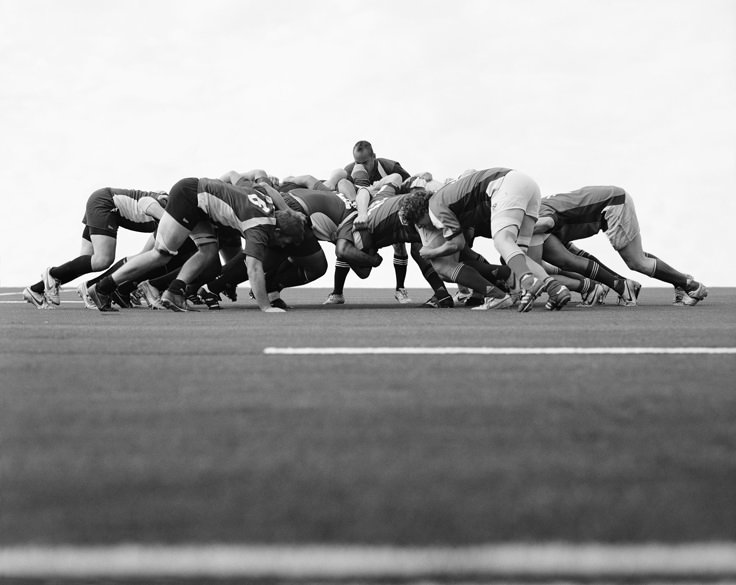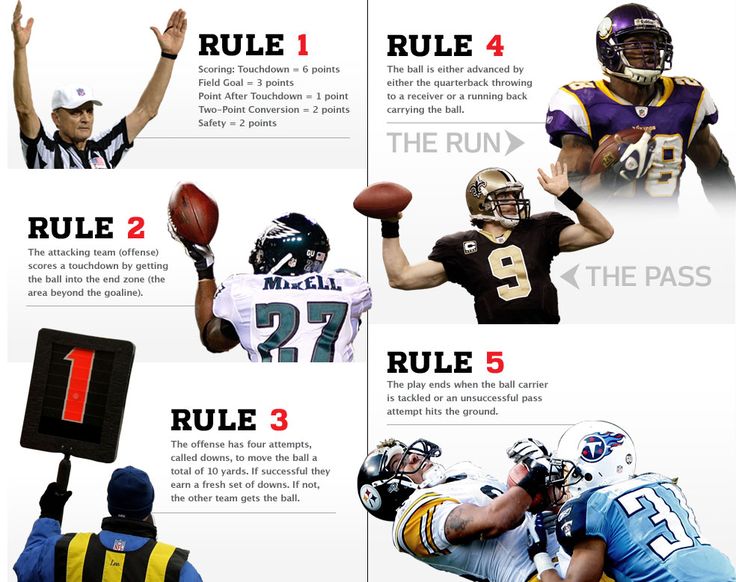The difference between soccer and football is a subject that often confuses people, especially those navigating global sports culture. Although both terms refer to ball games played on a field, they can signify entirely different sports depending on geographic context. This article provides a detailed breakdown of their distinctions, historical roots, rule differences, and cultural significance.
Introduction
The terms “soccer” and “football” are frequently used interchangeably, yet they can mean very different things depending on where you are in the world. In the United States, “football” typically refers to American football, while “soccer” is the term used for what the rest of the world calls “football.” Understanding these differences is essential not only for sports fans but also for travelers, journalists, and cultural observers.
What is Football?
Globally, “football” refers to the sport governed by FIFA, known officially as association football. This version is played with a spherical ball on a rectangular field with two goals. However, the term “football” can also refer to American football, Australian rules football, rugby, and other variations depending on the region. This multi-definition landscape is one of the major reasons behind the terminology confusion.
Association Football
Association football, often just called “football” outside North America, is the world’s most popular sport. It involves 11 players per team, and the objective is to score by getting the ball into the opponent’s goal without using hands or arms.
Other Types of Football
Besides association football, the word “football” can refer to American football, Canadian football, Gaelic football, and Australian rules football. Each has its unique set of rules, playing styles, and fan bases.

What is Soccer?
“Soccer” is a term primarily used in the United States, Canada, and a few other countries to distinguish association football from other forms of football like American or Canadian football. The word originated in Britain as a nickname for “association football” to differentiate it from “rugby football.”
Origin of the Word “Soccer”
The term “soccer” is derived from the word “association” in “association football.” In late 19th-century England, it became common to add “-er” to shortened words; thus, “assoc” turned into “soccer.”
Why the U.S. Uses ‘Soccer’
In the U.S., American football gained popularity and took on the name “football,” which led to the need for a distinct term to refer to association football — hence, “soccer.” This differentiation has remained ever since.

The Historical Context
The divergence in terminology stems from a shared origin but separate evolutionary paths. In the late 1800s, both “rugby football” and “association football” were gaining traction. In England, the terms “rugger” and “soccer” developed informally. Over time, Brits dropped the term “soccer” in favor of simply “football,” while Americans retained it to differentiate from their native gridiron game.
Timeline of Terminological Evolution
In the early 20th century, “soccer” and “football” were both used in England. However, as American football grew in the U.S., the term “soccer” became the norm there. Meanwhile, in the UK and other regions, “football” stuck to refer solely to association football.
Terminology Differences by Region
The terminology surrounding soccer and football varies greatly depending on geographic location. In most countries, “football” refers to what Americans call “soccer.” Meanwhile, in the United States, “football” signifies the gridiron game with helmets and shoulder pads.
United Kingdom and Europe
In the UK and across Europe, “football” is the default term for association football. The use of “soccer” is considered outdated or even incorrect in these regions.
North America
In the United States and Canada, “football” refers to American and Canadian football, respectively. The word “soccer” is used to refer to the globally recognized version of football played under FIFA rules.
Australia and New Zealand
Australia uses “soccer” to avoid confusion with Australian Rules Football, a popular domestic sport. New Zealand follows a similar pattern, though “football” is gradually gaining traction for the international game.
Africa and Asia
In most African and Asian countries, “football” is the accepted term, though some English-speaking nations may still use “soccer” due to historical ties with the UK or U.S.
Rules Comparison
The rules of soccer and football differ drastically, as they are fundamentally distinct sports. From the gameplay and scoring system to penalties and time structure, the contrasts are substantial.
Soccer Rules Overview
Soccer is governed by the Laws of the Game established by the International Football Association Board (IFAB) and FIFA. It features 11 players per side, no use of hands (except the goalkeeper), and a continuous clock.
Football Rules Overview
American football is governed by the NFL, NCAA, or other local organizations. It includes offensive and defensive teams, frequent stoppages, forward passing, and a complex set of play strategies.

Equipment and Playing Field
The equipment and field dimensions differ significantly between soccer and football, reflecting the unique demands of each sport.
Ball and Footwear
Soccer uses a round, lightweight ball and cleated shoes designed for agility. Football uses a prolate spheroid ball and cleats tailored for grip and ankle support on turf or grass fields.
Uniform and Protective Gear
Soccer players wear minimal gear—jersey, shorts, shin guards. Football players, in contrast, require helmets, shoulder pads, mouth guards, and extensive padding due to the high-contact nature of the game.
Field Layout
Soccer fields are typically larger and rectangular, with goals at each end. Football fields have a gridiron layout with marked yard lines, end zones, and goalposts situated above the back of each end zone.
Team Structure and Player Roles
The roles and formations of players differ considerably between soccer and football, emphasizing different skill sets and tactical frameworks.
Soccer Team Dynamics
Soccer teams consist of 11 players including forwards, midfielders, defenders, and a goalkeeper. Players often transition between roles during gameplay, requiring versatility and endurance.
Football Team Specialization
Football teams have separate units for offense, defense, and special teams. Each player has a highly specific role such as quarterback, linebacker, or punter, often requiring specialized training.

Scoring System
The scoring mechanisms in soccer and football reflect the pacing and objectives of each game. Soccer is generally lower-scoring, while football can have complex scoring combinations.
Soccer Scoring
In soccer, each goal counts as one point. The team with the most goals at the end of 90 minutes wins. Matches can end in draws, or go to extra time or penalties in knockout scenarios.
Football Scoring
Football has multiple scoring options: touchdowns (6 points), extra points (1 or 2), field goals (3 points), and safeties (2 points). The variety adds strategic depth to the game.
Game Duration and Structure
Soccer and football differ substantially in how long they are played and how their matches are structured. These differences impact not only gameplay but also the viewing experience and pace of the game.
Soccer Match Duration
A standard soccer match lasts 90 minutes, divided into two 45-minute halves with a 15-minute halftime break. Additional stoppage time and extra time may be added based on injuries and game delays.
Football Game Duration
Football games are divided into four 15-minute quarters with a halftime break after the second quarter. Despite being 60 minutes of game time, football matches often last over 3 hours due to frequent stoppages and timeouts.
Physical Contact and Safety
Both sports involve physical exertion, but the degree and nature of contact are dramatically different. This distinction affects not only player safety but also the kind of protective gear used in each sport.
Soccer Contact Level
Soccer is a contact sport, but physical challenges are limited by strict rules. Slide tackles, body checks, and shoulder-to-shoulder contact are allowed within limits. Fouls are penalized with free kicks, yellow cards, or red cards.
Football Contact Level
Football is a high-contact sport where tackles, blocks, and physical clashes are integral to the gameplay. Due to its intensity, players are more prone to injuries, necessitating helmets and extensive padding for safety.
Popularity Around the World
The global popularity of soccer far exceeds that of American football. However, each sport enjoys a devoted fan base in specific regions, influencing media, merchandise, and youth participation rates.
Soccer’s Global Dominance
Soccer is the most widely played and watched sport in the world. From Europe and South America to Africa and Asia, it commands massive fanbases and local leagues. The FIFA World Cup is the pinnacle event in international sports.
Football’s Regional Appeal
American football is hugely popular in the United States, with the NFL serving as the top-tier professional league. It has limited traction abroad, although international games and marketing are expanding its reach.
Media Coverage and Commercialization
Both soccer and football are lucrative for broadcasters and advertisers, though the scale and style of media coverage differ greatly due to regional popularity and market saturation.
Soccer Media Landscape
Soccer boasts year-round coverage through domestic leagues like the English Premier League, La Liga, and UEFA competitions. Media rights for international tournaments like the World Cup command billions of dollars globally.
Football Media Landscape
The NFL dominates American television ratings. Super Bowl commercials are legendary for their cost and creativity, reflecting the immense commercial power of football in the U.S. market.
Cultural Significance
Soccer and football hold unique places in the cultural fabric of the societies where they dominate. Their rituals, fan behaviors, and symbolic meanings often go beyond the game itself.
Soccer as a Universal Language
Soccer is often called “the world’s game” because of its simplicity and accessibility. It plays a central role in national pride, community identity, and even political movements across many countries.
Football and American Identity
In the U.S., football is more than a sport—it’s a cultural institution. Events like the Super Bowl and Thanksgiving Day games are woven into national traditions, often symbolizing teamwork, competitiveness, and resilience.
Conclusion
Understanding the difference between soccer and football is more than a matter of semantics; it’s about appreciating the cultural, historical, and structural distinctions between two globally beloved sports. While soccer reigns supreme worldwide under the term “football,” American football has carved out a dominant niche in the United States and parts of Canada. Each game has its own rules, traditions, and fanbase, making them unique in their own right. Whether you’re a die-hard fan or a curious observer, knowing the context and characteristics of both sports enhances your global sports literacy.

